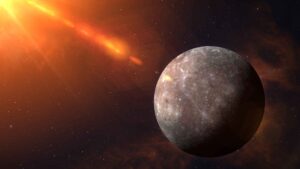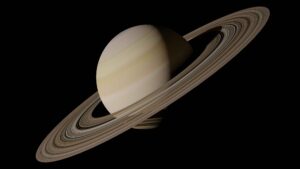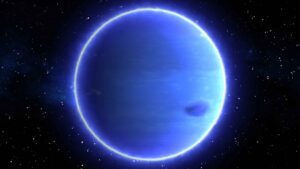🌞 The Sun: The Source of All Life
At Anee’s School, we think that learning about nature makes students smarter and more curious. One of the most wonderful and strongest things in our sky is the Sun. If there were no Sun, there would be no life. It provides us with light, heat, and energy. But what is the Sun? Where did it originate from? Why is it so vital?
Let’s learn about the Sun in easy and simple words.
☀️ What is the Sun?

The Sun is a huge ball of hot gas. It is a star in the middle of our solar system. The Sun is much larger than the Earth. Actually, around 1.3 million Earths would fit within the Sun!
It is composed primarily of two gases:
▪️ Hydrogen
▪️ Helium
These gases ignite and release energy. This energy provides us with light and heat that help plants to grow, animals to live, and warm up the Earth.
🔭 How Was the Sun Created?

Scientists tell us that the Sun was created some 4.6 billion years ago. That is a long, long, long time ago!
Here’s how it worked:
▪️ A great cloud of dust and gas floated in space.
▪️ This cloud started coming together because of gravity.
▪️ As it closed, it grew dense and hot.
▪️ The interior of this cloud became the Sun.
▪️ The remaining gas and dust made the planets, such as Earth.
This is the way that the Sun and solar system came to be.
🔬 What is the Structure of the Sun?

The Sun is made up of lots of layers. Each one does something different. Let’s learn about them one at a time.
Core
▪️ The middle of the Sun.
▪️ This is where nuclear fusion occurs.
▪️ Hydrogen is converted to helium and releases energy.
You may also like: Discovering Earth: Our Home in the Universe | Anee’s School
Radiative Zone
▪️ Energy from the core travels through this layer.
▪️ It may take thousands of years for energy to travel through!
Convective Zone
▪️ Hot gases in loops, such as boiling water.
▪️ This carries energy to the surface.
Photosphere
▪️ The visible part of the Sun.
▪️ It radiates the light and heat we sense.
Chromosphere
▪️ A reddish region above the photosphere.
▪️ Visible at a solar eclipse.
Corona
▪️ The outer region of the Sun.
▪️ Appears like a white halo at an eclipse.
⚡ How Does the Sun Provide Energy?

The Sun produces energy through a process known as nuclear fusion. This involves:
▪️ Hydrogen atoms in the core of the Sun combining.
▪️ They create helium and produce a great deal of energy.
▪️ This energy moves out as heat and light.
This energy comes to Earth and provides:
▪️ Warmth
▪️ Sunlight
▪️ Energy to power plants to grow (via photosynthesis)
🌞 How is the Sun Important?
The Sun is of great significance for life on planet Earth. Life would be zero without the Sun. Here are the ways the Sun benefits us:
Provides Us With Day and Night
▪️ The Sun is around which the Earth turns.
▪️ When Earth’s one side faces the Sun, it is day.
▪️ When the other side faces away, it is night.
Helps Plants Grow Food
▪️ Sunlight is used by plants during photosynthesis.
▪️ Plants produce and provide food.
Warms Up the Earth
▪️ The Sun keeps us warm on the Earth.
▪️ It would be too cold to stay on without it.
Produces Weather
▪️ The Earth is heated and air and water are transported by sunlight.
▪️ These create wind, clouds, and rain and other things.
Solar Power
▪️ We employ the light from the Sun in order to create electricity with solar panels.
▪️ Solar energy, and it’s a clean, renewable resource.
🪐 The Sun and Our Solar System
The Sun is in the middle of the solar system. All the planets, including Earth, orbit around the Sun. The Sun’s gravity holds the planets in position. Without the Sun’s gravity, the planets would drift away in space!
Planets in the solar system are:
▪️ Mercury

▪️ Venus

▪️ Earth

▪️ Mars

▪️ Jupiter

▪️ Saturn

▪️ Uranus

▪️ Neptune

Even smaller things like asteroids, moons, and comets belong to the solar system.
📌 Closing Thoughts
The Sun is not just a fiery light in the sky. It provides us with life, power, and heat. It was created billions of years ago and will remain burning for billions more. Through the study of the Sun, we learn about our position in the universe.
It’s our view that young minds ought to be endowed with knowledge, curiosity, and wonder. Educating about the Sun is one part of such a journey.
Read more important blogs from Anee’s School:








